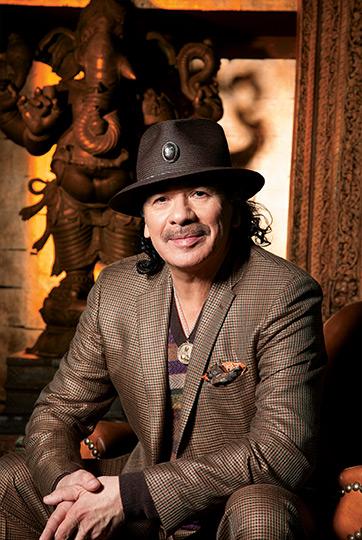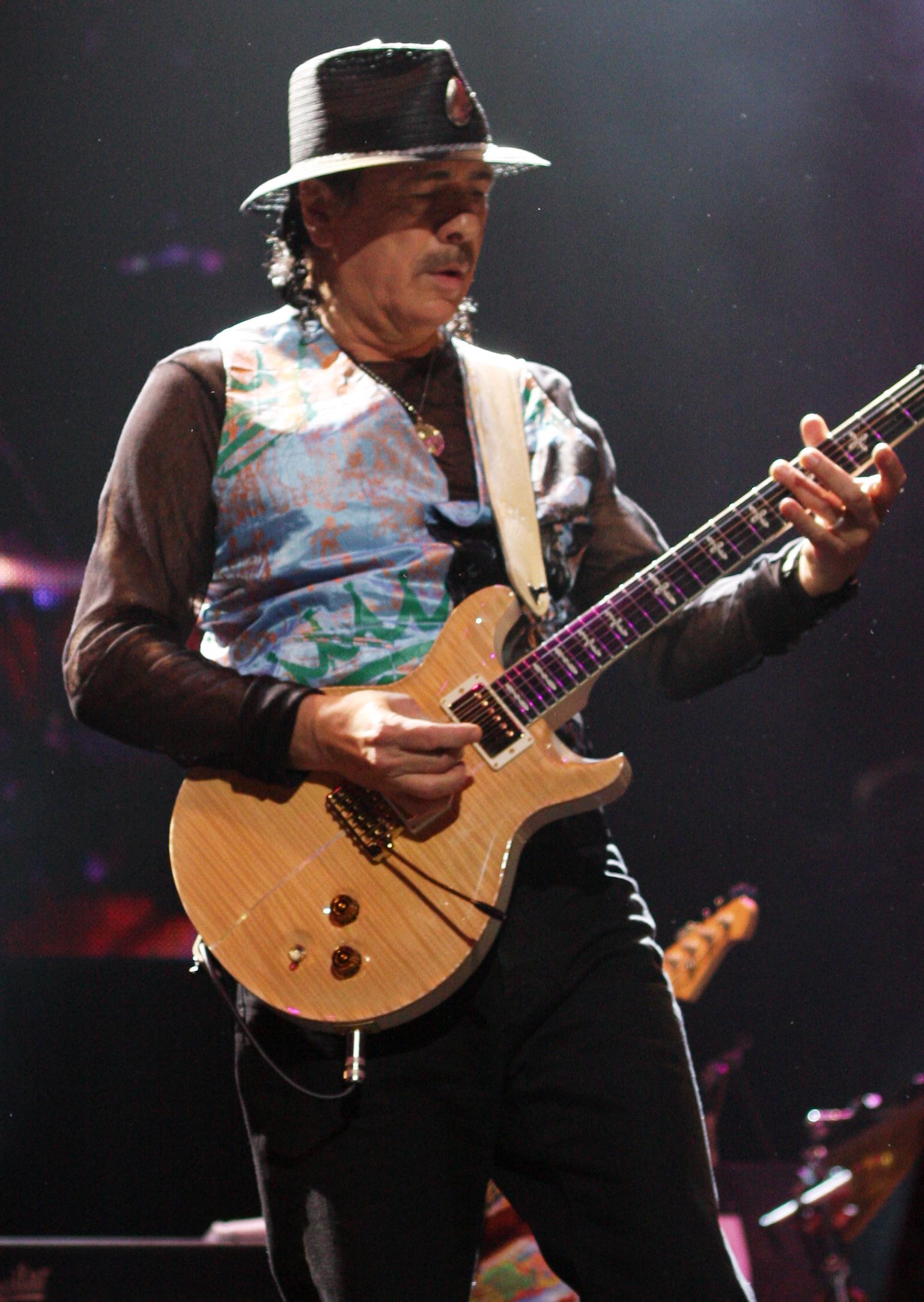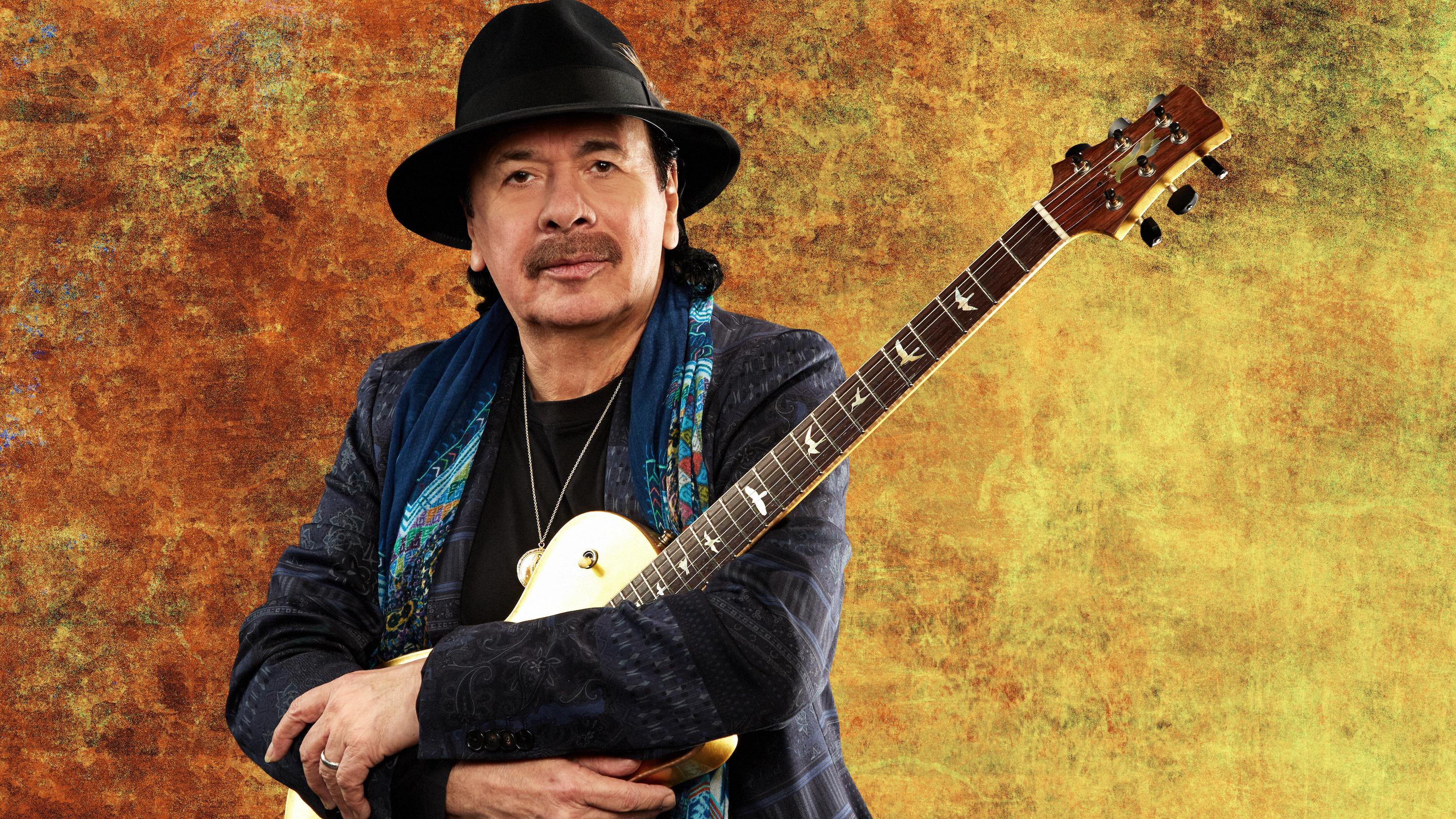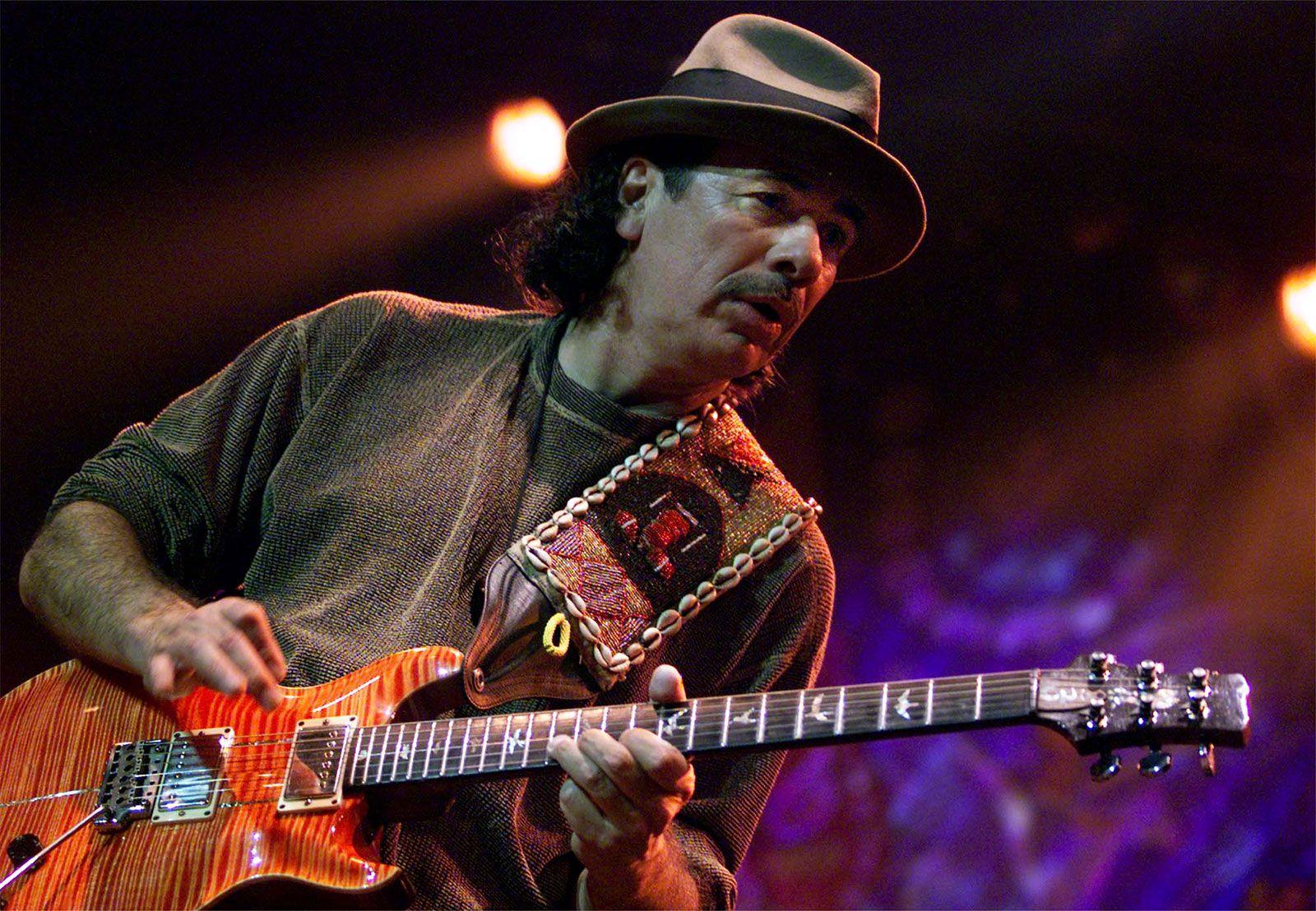Understanding the Origins of the Rumor Surrounding Carlos Santana and Bad Bunny
The recent buzz surrounding Carlos Santana and Bad Bunny gained traction on social media after a series of miscommunications and speculative reports. the rumor suggested that Santana had intended to replace Bad Bunny at the super Bowl halftime show, a claim that quickly spiraled out of control. As fans and media alike began to dissect the information, the narrative took on a life of its own, fueled by sensational headlines and the ever-increasing demand for exclusive content. It seems that,in the hustle to stay ahead in the news cycle,accuracy sometimes takes a back seat.
Key factors contributing to the misunderstanding include:
- misinformation: Initial reports lacked credible sources, making it difficult for the public to discern fact from fiction.
- Social Media Amplification: The power of platforms like Twitter and Instagram can rapidly spread unverified claims, leading to widespread confusion.
- Cultural Context: The contrasting musical styles of Santana and Bad Bunny generated discussions about their respective fan bases and the themes they represent, inadvertently fueling the speculation.
As it stands, there is no evidence to support the notion that Carlos Santana sought to take Bad Bunny’s place, and both artists continue to thrive in their own right. Clear communication and responsible sharing of information are essential in preventing such misunderstandings in the future.

Examining the Impact of Misinformation on Music Events and Fan Reactions
The recent rumors surrounding Carlos Santana allegedly petitioning to replace Bad Bunny at the Super Bowl have highlighted the delicate balance between fan engagement and the chaos of misinformation in the digital age. Social media platforms have become breeding grounds for such dubious claims, often overshadowing the authenticity of the artists and events involved. Fans, easily swayed by clickbait headlines or viral tweets, can experience profound reactions ranging from anger to elation, demonstrating just how quickly misinformation can alter public perception. The impact of these narratives extends beyond mere gossip; they can shape artist reputations, influence ticket sales, and even disrupt event planning.
in the wake of these stories, many fans expressed their reactions through the lens of surprise and confusion. Key points of concern include:
- The credibility of sources sharing the information, which often lack verification.
- The impact on artist fanbases, leading to division among supporters of different musicians.
- The potential for lasting reputational damage to artists caught in the crossfire of rumor and speculation.
By examining the ramifications of such misinformation,it becomes clear that the collective obligation of the fan community,media outlets,and even artists themselves must be emphasized. Cultivating a culture of fact-checking and responsible sharing could help mitigate the fallout from sensationalist narratives that, if left unchecked, can distort the landscape of music events and fandom.

The Role of Media Literacy in Modern Celebrity News Consumption
In an era saturated wiht digital information, the ability to discern fact from fiction has never been more crucial, especially when it comes to celebrity news. Recent rumors, such as the claim that Carlos Santana petitioned to replace Bad Bunny at the Super Bowl, highlight the rapid spread of misinformation. This particular falsehood serves as an vital reminder of why developing media literacy skills is essential for consumers. Recognizing that not every headline is rooted in reality empowers readers to critically evaluate sources and the credibility of the claims being made.
To enhance media literacy in the realm of celebrity news consumption, audiences can adopt the following strategies:
- Verify Sources: Always check the authenticity of the outlet reporting the news, especially when it involves sensational claims.
- Cross-Reference Information: Look for multiple reliable sources covering the same story to ensure accuracy.
- Understand context: An awareness of the broader media landscape can help individuals recognize the motivations behind sensational stories.
By cultivating these practices,consumers can navigate the complexities of modern media with greater confidence,minimizing the risks associated with the spread of misleading celebrity news.

Clarifying Celebrity Statements: What Artists Should Communicate During Controversies
in the world of celebrity, rumors can spread faster than wildfire, especially when it involves major events like the Super Bowl. Recently, a rumor circulated that Carlos Santana had petitioned to replace the reggaeton superstar Bad Bunny at the halftime show. This claim sparked a flurry of social media activity, prompting fans to question the motives and statements of both artists. In the midst of such controversy, it is indeed crucial for celebrities to communicate clearly and effectively, curbing misinformation and maintaining their public image.
Artists must take proactive steps to clarify their positions and address misconceptions, ensuring openness and accountability.Here are some strategies they can employ:
- Direct Communication: Reach out through official channels, such as social media posts or press releases, to debunk false claims.
- Acknowledge Context: Explain the circumstances surrounding their statements or decisions to avoid further misinterpretation.
- Engagement with Fans: Foster open dialogue with their audience, encouraging questions and providing truthful answers to dispel doubts.
By doing so,celebrities not only protect their own reputations but also contribute to a more informed public discourse. In an era where every word carries weight, clarity during controversies is not just beneficial-it’s essential.
